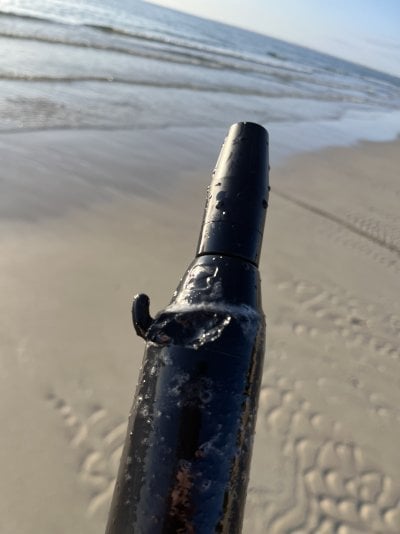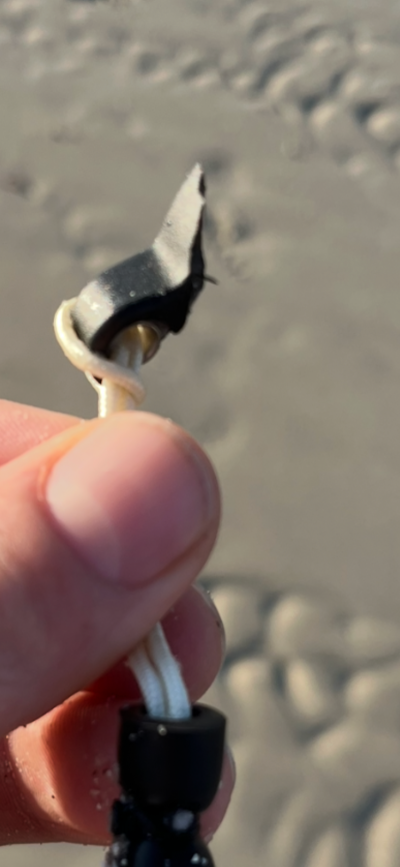@vrokhlenko
I checked the air yesterday & the 70 was pressurised to 30 bar during the test, not 27 as I had assumed

It was good to know how 30bar feels with a sealed barrel, it was powerful as expected & the cup seal survived without damage or so it seems.
Using the wet barrel @30 is also quite painful to load but there is much less concern for misaligning the shaft without fear of damaging that thin aluminium muzzle.
It’s true running a vacuum setup at lower pressures like 23 bar is better than a 25 wet, one will get a similar distance with less recoil while loading difficulty is acceptable.
You will be pleased with the result when your muzzle arrives.
I haven’t checked the shock absorber, I’d have to nearly ruin it with pliers to get it out to observe any damage.
@popgun pete
Thanks for the insight regarding the dry shooting of these pneumatics,
I agree anyone shooting pressurised cannons designed for water while on land is asking for things to go wrong one way or another and should never be attempted.
Perhaps having a replaceable high strength rubber ring on both the piston face & the shock absorber impact surfaces might allow for open air operation without causing any serious damage to the structure.
Maybe a titanium inner barrel with thicker thread connecting the muzzle with a rubber damper at a reduced bar pressure would work.





